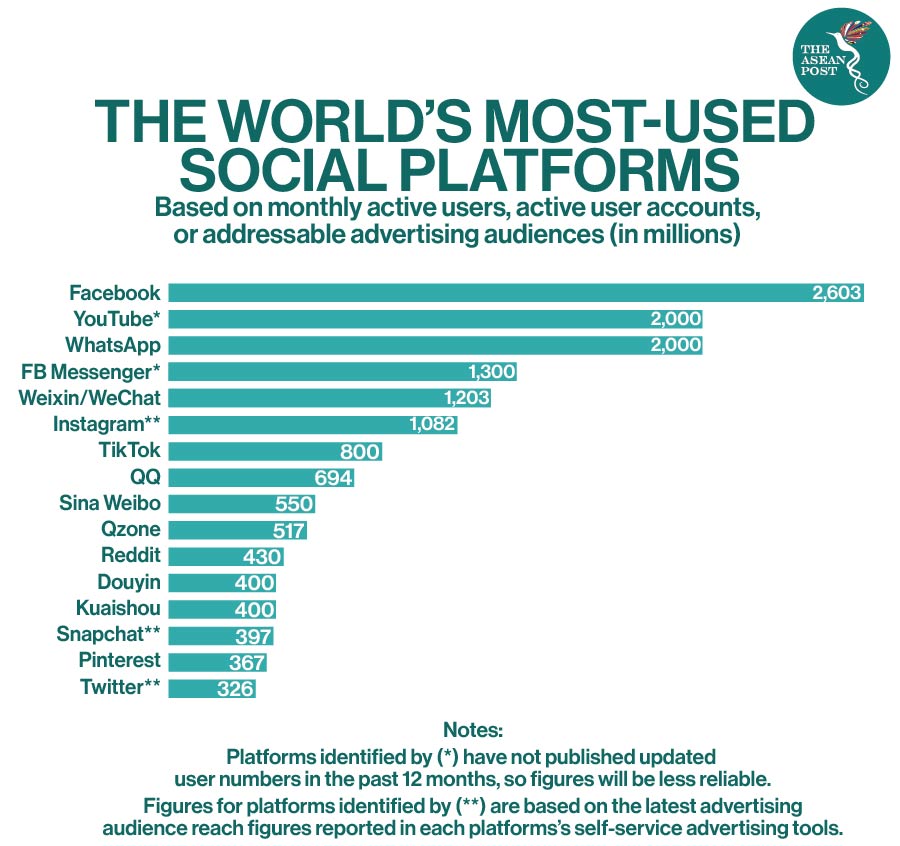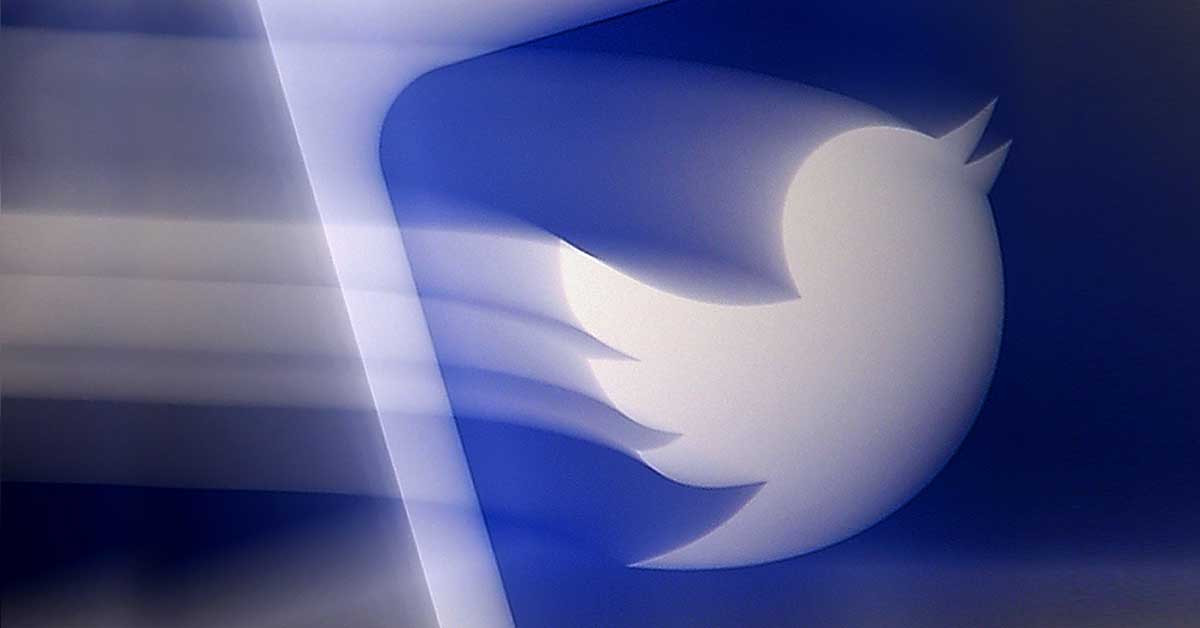Social media usage is one of the most popular online activities.
Like millions of people around the world, the first thing I do when I wake up is to scroll on Twitter. That’s how I get my news, information and celebrities’ “teas”. For some, it’s perhaps some other social network such as Instagram, Pinterest, or Facebook.
We have increasingly become dependent on social media in order to communicate with friends and family – even strangers – especially during the pandemic. People rely on social media to receive the latest world reports, while the private sector, and governments use it to disseminate messages to the masses.
With social distancing in place worldwide, social media is perhaps the best tool to connect with others – to make us feel like we’re not alone.
The opening sequence of the 2020 hit documentary “The Social Dilemma” starts with the famous saying by Sophocles which goes, “nothing vast enters the life of mortals without a curse.”
The documentary sheds light on social media addiction, the impacts it has on society and how major platforms contribute to it.
“It’s easy today to lose sight at the fact that these tools actually have created some wonderful things in the world. They’ve reunited lost family members. They’ve found organ donors. I mean, there were meaningful, systemic changes happening around the world because of these platforms – that were positive,” explained Tim Kendall, CEO of Moment and former president of Pinterest who was interviewed in the documentary.
“I think we were naïve about the flip side of that coin,” he added.
Last year, over 3.6 billion people were using social media worldwide. This number is expected to rise to almost 4.41 billion in 2025. In Southeast Asia, more than half of the region’s population are social media users.

Visually-based social media platforms such as Instagram and Snapchat have given rise to content that include visuals of “perfect bodies” and luxury items, which create a distorted idea of perfection and set unrealistic beauty standards.
Social media is skewed towards showing the good side of people’s lives – and this kind of social comparison can affect one’s self-esteem.
Sadly, many users have developed serious mental issues, by trying to emulate the oft unattainable standards of perfection as portrayed on social media. Edited selfies, and the act of buying followers are some of the things commonly done by social media users to achieve validation.
Negativity Online
A number of studies around the world have suggested that social media can have a negative impact on mental health. In fact, a recent study in the United States (US) published by the American Journal of Preventive Medicine suggests a link between time spent on social networks and an increased risk of depression.
Scientists have stated that young adults who spent more than five hours per day using social media were 2.8 times as likely to become depressed within six months – compared to those who used social media for less than two hours per day.
Closer to home, a research published in the International Journal of Mental Health and Addiction titled, “A Tool to Help or Harm? Online Social Media Use and Adult Mental Health in Indonesia” revealed that heavy social media usage is linked to poor mental health among Indonesians.
In a survey of over 22,000 people in the archipelago, it was found that the country’s high levels of inequality are highlighted on social media, leading to envy and resentment.
Moreover, constant news about government failures, corruption, crime, conflicts and poverty was also a contributing factor to poor mental health in Indonesia.
Kiatiphum Wongrajit, Thailand’s permanent secretary for health was also cited in the local media saying that growing addiction to social media has left many Thai users stressed and less patient.
Other than that, cyberbullies also plague social media, with many hiding behind the anonymity that these platforms provide.
In 2019, Malaysians and the rest of the world were shocked by the story of a 16-year-old teenage girl who allegedly committed suicide after a poll she ran on Instagram encouraged her to do so.
Prior to her death, the teenager uploaded a post which read “Really important, help me choose D/L” on Instagram Stories. D and L were largely taken to mean “die” and “live.”
Local media reported that she jumped to her death hours after 69 percent of Instagram respondents encouraged her to kill herself. Unfortunately, that was not the only case of an apparent suicide linked to social media in Malaysia.
It is without a doubt that there are many benefits to social media. However, there is a limit to everything.
“While I think those technologies certainly can be valuable, I’d also encourage people to reflect on which tech experiences are truly useful for them and which ones leave them feeling empty,” said Dr Brian Primack from the University of Arkansas in reference to the aforementioned US study.
Related Articles:
